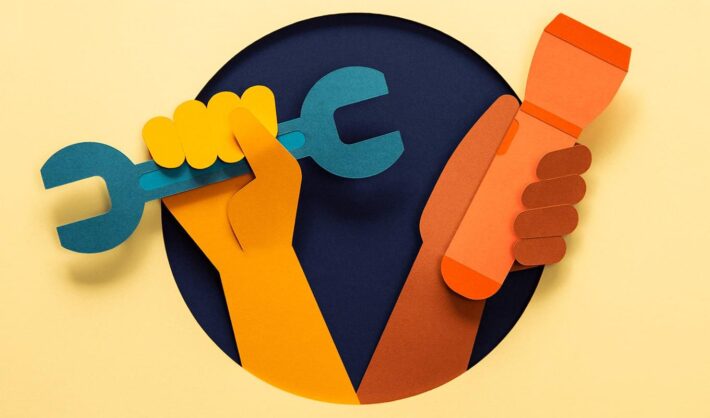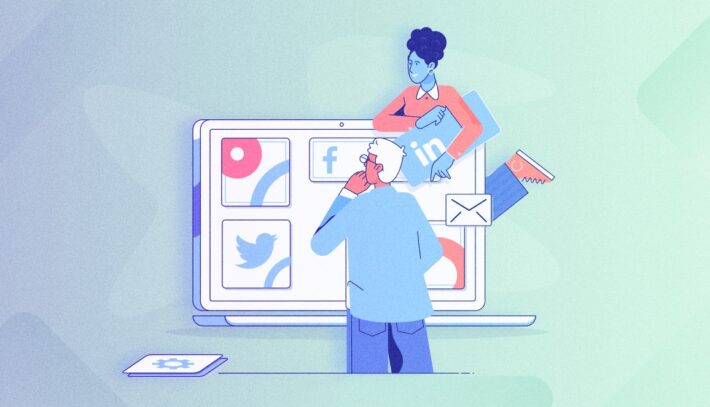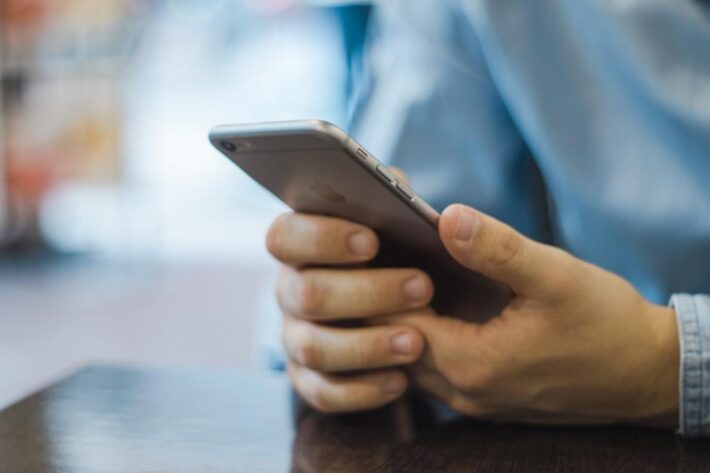Baby Boomers and Millennials have different ideas about human-powered customer service. Millennials have years of experience with online and self-service solutions. The last thing they want is a human gatekeeper. For Millennials, they add no value to the experience.
Boomers, too, prefer online services. But they want structured guidance. They may not want to search through a site’s Help section. They also don’t want to be judged as old or out of touch. Live video support is one way to bridge the gap. It serves as a legitimate source of information. It removes the unpleasant process of navigating the menus of a traditional 1-800 number.
Millennials are used now to get in touch online with any company 24×7. The second and third shifts in customer service chats generated a boom of jobs for well-educated professionals in India or the Philippines. Check what are the second and third shifts in this link.
Customer Service Meaning

Customer service is the area that helps and advocates for clients and customers in their findings, utilization, learning, and troubleshooting of services or products.
It’s a set of tasks that allows the company keeps its customer base happy and loyal. They aim to make solid and long-lasting customer relationships, building customer equity for the company.
A New Definition for Customer Service

Although Millennials are driving the demand for better self-service solutions, both generations use them. Aspect Software released a study looking at generational differences among consumers. One surprising result: Nearly one-third of consumers would rather clean a toilet than talk to customer service!
The new definition of customer service is an ease in finding answers to questions. Customers want to solve problems themselves. If people have a poor experience, they are more likely to stop doing business with a company. Nuance found two-thirds of consumers canceled a service or stopped buying from a company due to a week online customer service experience.
On the other hand, people who have an excellent self-service experience gain a more positive view of a company overall. The Center for Generational Kinetics found more than 65% of Americans report feeling “good about themselves and the company when they can solve a problem without talking to customer service.”
Channeling Customer Service

The Millennial generation continues to drive the need for effective self-service. According to Pew Research, their purchasing power will soon bypass that of Baby Boomers.
One key difference between Millennials and Boomers is the channels they choose for customer service. Millennials approach customer service their way:
Almost 40% of Millennials check a company’s FAQ page for answers.
If they can’t find an answer, four out of five Millennials use social media for customer service. They prefer social media to the web, phone, or online chat channels.Facebook is the most used social media site for this purpose. Twitter comes in second.
Nearly 25% of Millennials expect to get a response on social media within 10 minutes. Ouch! This cannot be easy to meet. But failing to meet Millennials’ expectations can hurt your business.
For Boomers, human interaction is essential, even online. User-friendly websites where they can find answers to all their questions are key. For complex queries, seamless transfer to a chat agent ensures a great experience with a live person.
For both Boomers and Millennials, the preferred type of customer service is online customer service. According to Aspect Software and the Center for Generational Kinetics, making a phone call is number two, but online customer service wins by a large margin.
Intent-Driven Engagement

Optimizing customer service for Millennials may leave behind a huge portion of your customer base. Baby Boomers have lots of leisure time. And they increase their online spending every year. They still make up a considerable portion of the market share. There are 74.9 million Baby Boomers in the US. This is just shy of the 75.4 million Millennials.
Leaving Boomers behind when it comes to customer service translates to lost loyalty and profits.
Traditional online customer service addressed groups based on what channel each group prefers. This results in a less cohesive experience. Customers forced to use multiple channels often become frustrated. However, it is possible to address customer service from the view of Millennials while still providing benefits to Boomers.
Today, online customer service is trending toward intent-driven engagement, which means anticipating what customers are trying to do and jumping in at the right moment with the right channel. Regardless of generation, intent-driven customer service helps finish the process in the quickest manner possible.
One trend in intent-driven engagement is offering a voice channel, with the option to transfer context from other channels. This can be a bridge to all consumer groups. Another trend is the personalized experience offered by companies like Amazon and Netflix. It is geared toward Millennials, but the personalized experience benefits all age groups.
The millennial generation continues to drive the need for effective self-service. Intent-driven engagement brings benefit to Boomers.
Wrapping Up

This article divided the two main types of consumers into their characteristics toward customer service and how they currently prefer being approached by companies.
Millennials have experience with online and self-service solutions. They don’t want someone to guide them. For Millennials, human voice contact adds no value to the occasion.
Boomers also prefer online services with a specific structure and guidance. They may not want to search through a site’s Help section. And also, they don’t want to seem to be someone who cannot do it by themselves.
Your company will have to have a different system to attend to different types of consumers. Baby Boomers will prefer talking to a person, while a millennial would probably check online videos or your FAQ page.
Different characteristics do not necessarily mean other goals. Both types of consumers want, at the end of the day, service with excellence. If your company doesn’t bring this to the table, it will probably spend much more money to onboard new customers than keep the current ones satisfied and loyal.
The post How to Deal Customer Service – Baby Boomers vs Millennials – 2021 Guide appeared first on FotoLog.
from FotoLog https://ift.tt/2USCnQu
via IFTTT


0 Comments